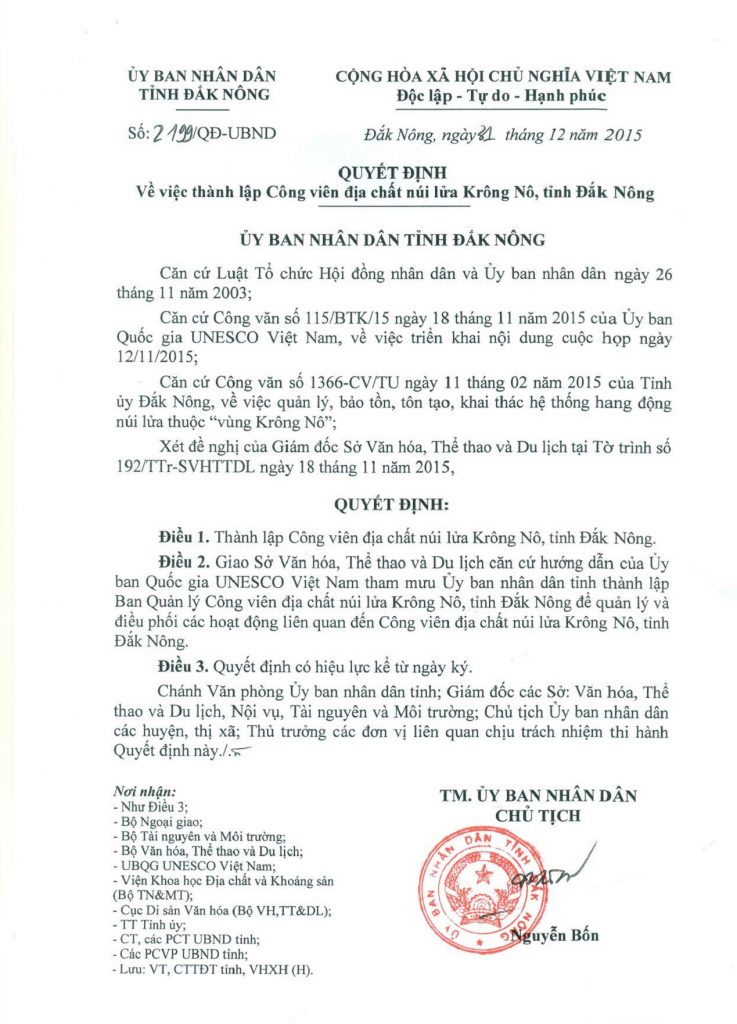Rubber trees initially only grew in the Amazon Rainforest area. Nearly 10 centuries ago, Maina native people learned that the tree’s resin could be used to impregnate clothes to prevent them from getting wet, and to create balloons for fun. They called this resin Caouchouk, according to the Maina dialect meaning “Tears of the tree”.
The increasing demand and the invention of vulcanization in 1839 led to a boom in this area, and spread to the whole world, especially in imperial countries. In Vietnam, rubber trees were first introduced at the Saigon Botanical Garden by the French in 1878 for plant experimentation but this was unsuccessful.
In 1892, 2,000 rubber seeds from Indonesia were imported into Vietnam but untill 1920, the South East area finally succeeded in rubber plantation with about 7,000 hectares and an annual output of 3,000 tons.

In the Central Highlands, rubber trees were experimentation planted in 1923 and developed strongly in the period of 1960 – 1962, esblishing many large rubber farms. The rubber plantation area in Dak Nong province in 2016 was 29,978 hectares with 26,081 tons/year output.
Viet Nam held the fifth position in natural rubber production after Thailand, Indonesia, Malaysia and India (according to the Vietnam Rubber Association, in 2012)
To date, rubber trees are widely used in many fields:
- Rubber resin is used to produce tires, medical gloves, mattresses, and other rubber products.
Wood from rubber trees is used in furniture production. It is appreciated for having a thick, low-fiber texture, attractive colors and acceptable finishes. It is also considered to be environmentally friendly because it is only harvested after the rubber tree has finished its harvesting cycle.



